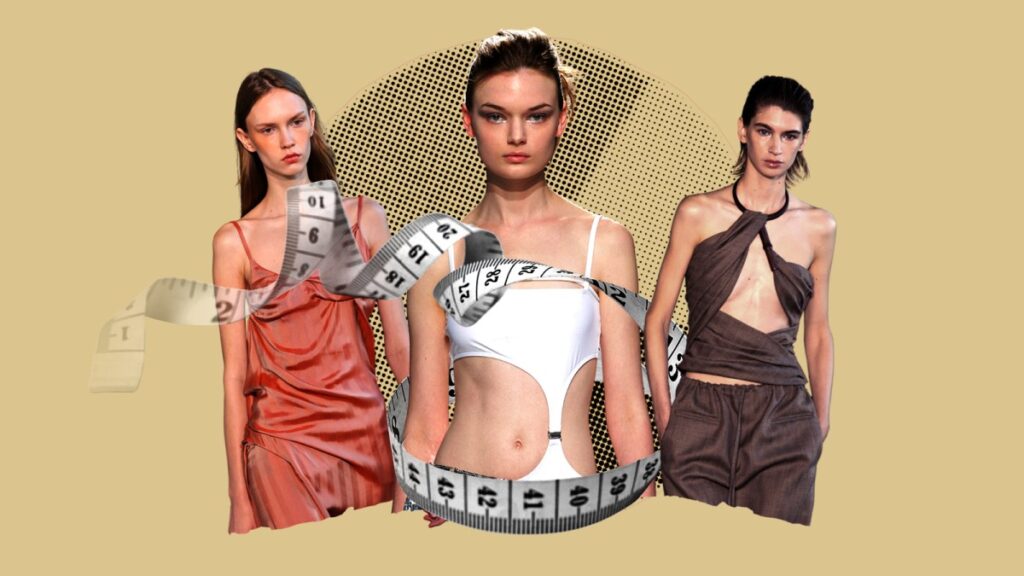Despite years of advocacy for body diversity in fashion, a new Vogue analysis has revealed that 97% of models featured in recent runway shows were within UK sizes 4 to 8 — underscoring how far the industry still has to go in achieving true inclusivity.
The Numbers Behind the Runway
The study examined 198 runway shows across major fashion capitals including Paris, Milan, New York, and London. While the report acknowledged visible progress in racial and gender representation, it found that body size remains the least diversified category in global fashion.
Out of thousands of models who walked during the Spring/Summer 2026 season, fewer than 3% were classified as mid-size or plus-size — a figure that represents only a marginal improvement from previous seasons. This discrepancy persists despite years of public pledges from top brands to embrace broader definitions of beauty.
Why Representation Remains Stagnant
Industry experts point to runway logistics and sample size limitations as ongoing barriers to inclusivity. Many fashion houses still produce show garments exclusively in smaller sizes, limiting casting opportunities for models with diverse body types.
“Runway shows are still where the industry’s power and prestige lie,” one stylist explained. “Until brands start designing for and celebrating a range of bodies at that level, inclusivity will remain a marketing slogan rather than a movement.”
Signs of Change — But Progress Is Slow
There are, however, some bright spots. Designers such as Christian Siriano, Collina Strada, and Ester Manas continue to challenge convention by casting models of varied shapes and sizes — proving that inclusive design can coexist with luxury and creativity. Independent and digital fashion weeks, including Copenhagen and Melbourne, have also been praised for adopting more diverse casting standards.
Still, Vogue concludes that these examples remain exceptions rather than industry norms, indicating that fashion’s commitment to body inclusivity has yet to translate into widespread structural change.
The Bigger Picture
With global audiences increasingly vocal about representation and authenticity, the pressure is mounting for fashion leaders to back their diversity statements with measurable action. As the next fashion week cycle approaches in early 2026, all eyes will be on whether the world’s most influential runways will finally begin to reflect the true spectrum of modern beauty.

